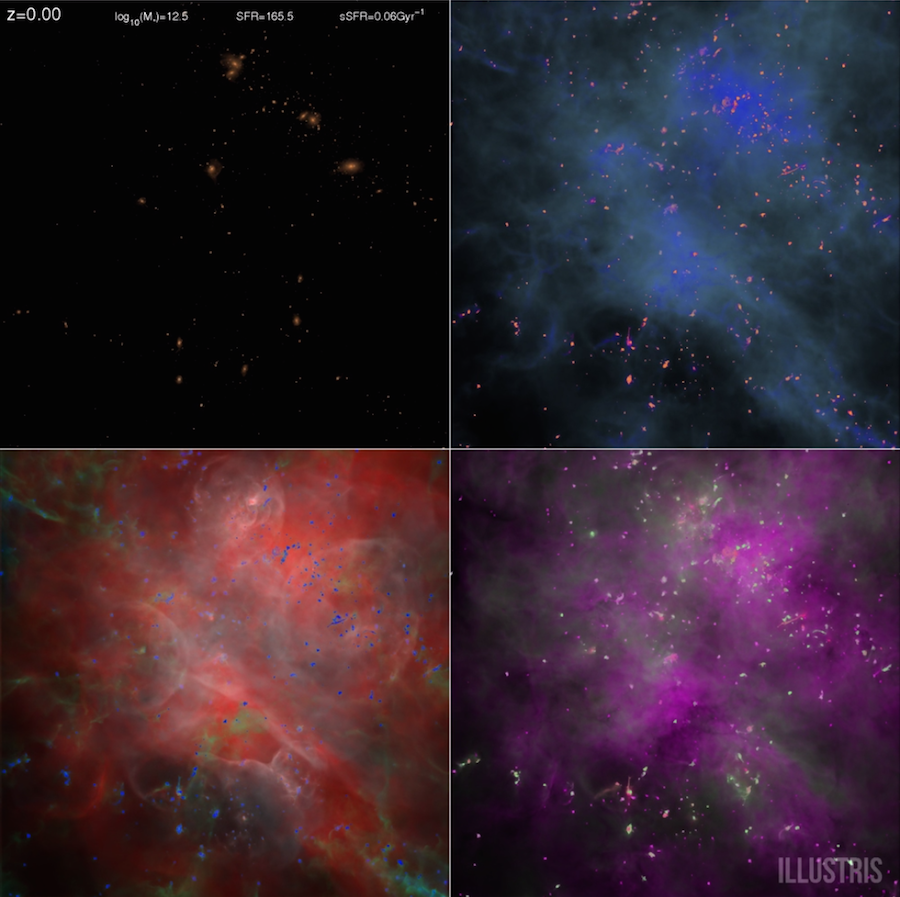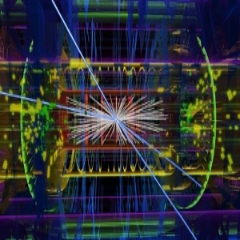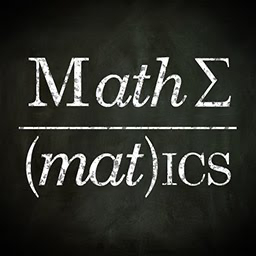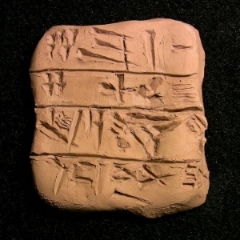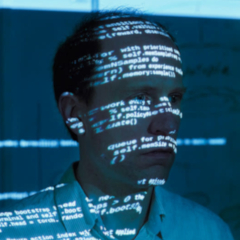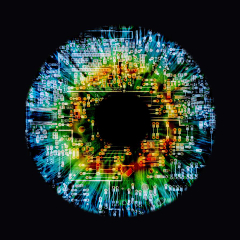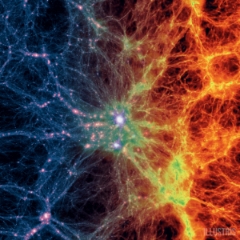ILLUSTRIS PROJECT | UNIVERSE EVOLUTION
| | homeNATURE JOURNAL | NEWS | MAY 2014
|| MODEL UNIVERSE RECREATES EVOLUTION OF COSMOS ||
Successful simulation lends weight to standard model of cosmology .
Can current theories of cosmology explain how the Universe evolved ? One way to find out is to plug everything we think we know about the early Universe and how galaxies form into a supercomputer , and see what comes out .
In a simulation presented today in Nature , researchers did just that — and revealed a cosmos that looks rather like our own . The findings lend weight to the standard model of cosmology , but could also help physicists to probe where our models of galaxy formation fall down .
NATURE JOURNAL | 509 | ARTICLE | MAY 2014
|| PROPERTIES OF GALAXIES REPRODUCED BY A HYDRODYNAMIC SIMULATION ||
Previous simulations of the growth of cosmic structures have broadly reproduced the " cosmic web " of galaxies that we see in the Universe , but failed to create a mixed population of elliptical and spiral galaxies , because of numerical inaccuracies and incomplete physical models .
Moreover , they were unable to track the small-scale evolution of gas and stars to the present epoch within a representative portion of the Universe .
Here we report a simulation that starts 12 million years after the Big Bang , and traces 13 billion years of cosmic evolution with 12 billion resolution elements in a cube of 106.5 megaparsecs a side .
It yields a reasonable population of ellipticals and spirals , reproduces the observed distribution of galaxies in clusters and characteristics of hydrogen on large scales , and at the same time matches the " metal " and hydrogen content of galaxies on small scales .
PHYS.ORG | ASTRONOMY & SPACE | MAY 2014
ASTRONOMERS CREATE 1ST REALISTIC VIRTUAL UNIVERSE
Move over , Matrix — astronomers have done you one better . They have created the first realistic virtual universe using a computer simulation called Illustris .
Illustris can recreate 13 billion years of cosmic evolution in a cube 350 million light-years on a side with unprecedented resolution .
" Until now , no single simulation was able to reproduce the universe on both large and small scales simultaneously " , says lead author Mark Vogelsberger ( MIT | Harvard Smithsonian Center for Astrophysics ) who conducted the work in collaboration with researchers at several institutions , including the Heidelberg Institute for Theoretical Studies in Germany .
These results are being reported in the May 8th issue of the journal Nature .
ILLUSTRIS PROJECT | WEBSITE LAUNCH | MAY 2014
The Illustris project is a large cosmological simulation of galaxy formation , completed in late 2013 , using a state of the art numerical code and a comprehensive physical model .
Building on several years of effort by members of the collaboration , the Illustris simulation represents an unprecedented combination of high resolution , total volume , and physical fidelity .
The About page contains detailed descriptions of the project , for both the general public and researchers in the field .
On this website we present the scientific motivation behind the project , a list of the collaboration members , key results and references , movies and images created from the simulation data , information on upcoming public data access , and tools for interactive data exploration .
SOURCE | SATYAVEDISM.ORG

